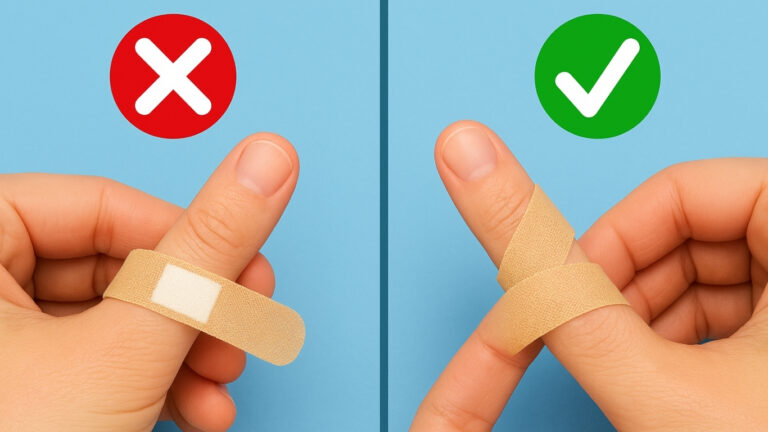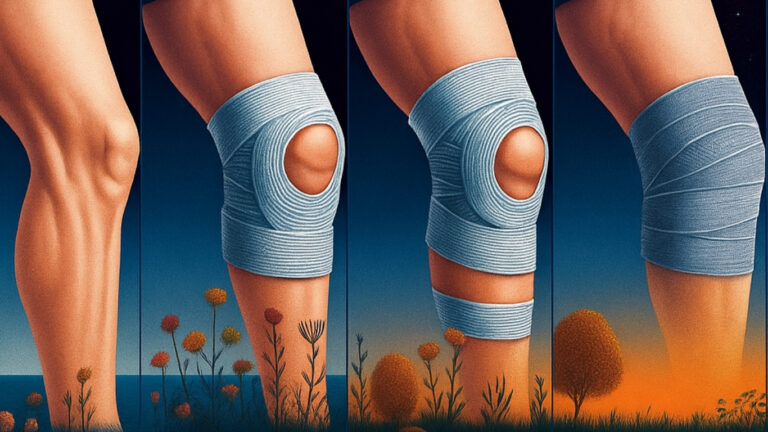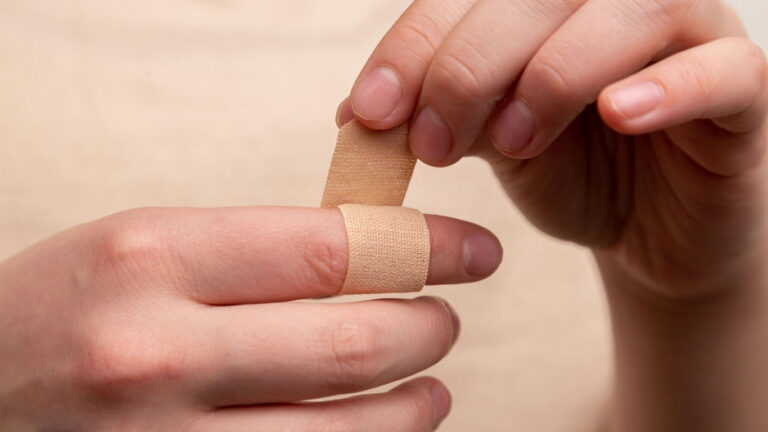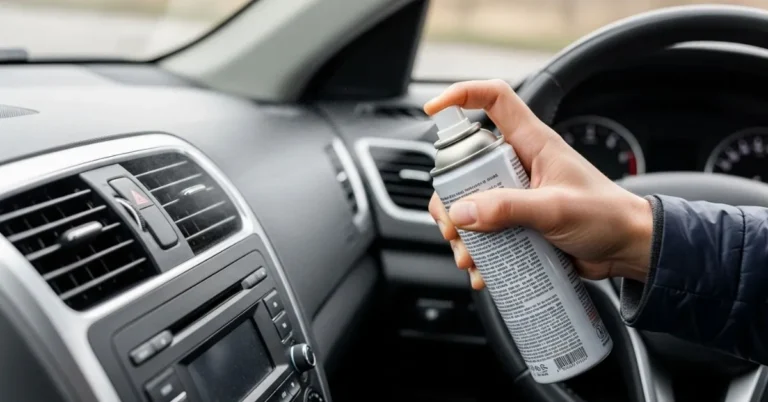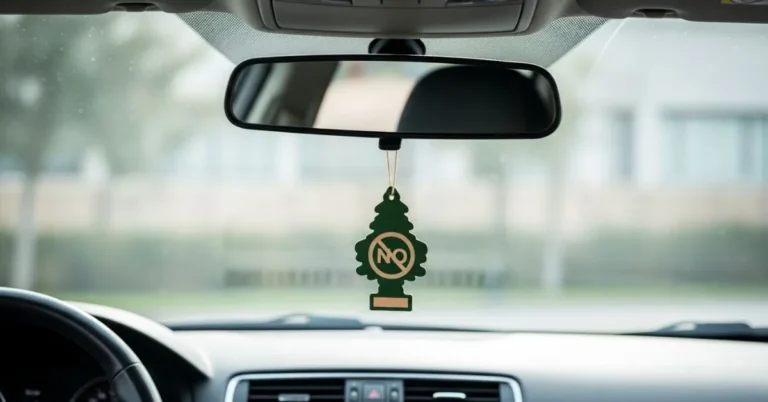Do you know what’s underrated? Wound care. We slap on a bandage, mumble something about “letting it breathe,” and call it a day. But if you’ve ever found yourself standing in the bathroom, eyeing a slightly soggy bandage and asking, “How long should bandages stay on, really?” you’re not alone.
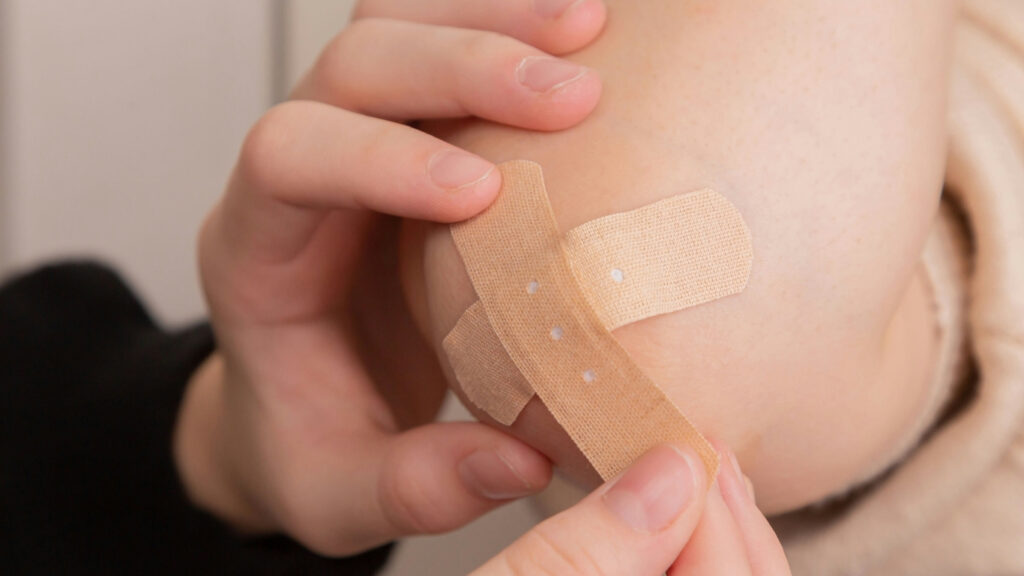
Leave it on until it falls off” might be common advice, but it’s far from ideal. The truth is, how long you keep a bandage on can seriously affect how well and how fast you heal. It’s time to cut through the guesswork and get to the point: what determines the right moment to change or remove a bandage without the fluff?
Contents
- 1 Why Bandaging Matters More Than You Think
- 2 How Long Should Bandages Stay On?
- 3 Minor Cuts, Scrapes & Scratches
- 4 For Deeper Cuts or Stitches
- 5 For Burns and Blisters
- 6 What Happens If You Leave a Bandage On Too Long?
- 7 Let’s Debunk the “Let It Breathe” Myth
- 8 How Often Should I Change My Bandage?
- 9 Choosing the Right Type of Bandage
- 10 Quick Bandage Duration Chart
- 11 5 FAQs About Bandage Timing
- 12 Soft Product Suggestions (Because Better Bandages Exist)
- 13 Expert Thoughts: Timing Is Everything (Even with Bandages)
- 14 About the Author
Why Bandaging Matters More Than You Think
Bandages aren’t just a temporary cover-up for battle wounds. They’re like tiny bodyguards for your skin shielding your injury from:
- Germs, dirt, and bacteria
- Friction from clothing or movement
- Accidental bumps (because doorframes are savage)
More importantly, the proper bandage, worn for the right amount of time, helps:
- Lock in moisture (hello, faster cell regeneration)
- Reduce scabbing (which delays healing)
- Minimize scarring (especially for visible spots like your hands or face)
So yes, how long bandages should stay on is more than trivia it’s first aid 101.
How Long Should Bandages Stay On?
Short Version:
For most minor cuts and scrapes, 24 to 48 hours is the sweet spot.
Longer Version:
How long you should keep a bandage depends on the cut or scrape type, where it is, and the bandage you use. Here’s the bottom line:
Minor Cuts, Scrapes & Scratches
Keep it covered for at least a day or two if you want to be safe.
If it looks clean and dry and there’s no redness or swelling, remove the bandage so your skin can breathe and heal.
- Letting it air after that can be fine but only if you’re in a clean environment (i.e., not a sandbox or gym locker room).
Best Bandage Type: Flexible fabric or waterproof adhesive strips
Change Frequency: Daily or if it gets wet/dirty
For Deeper Cuts or Stitches
- Keep covered continuously for the first 48–72 hours.
- After that, change bandages every 1–2 days or as your doctor directs.
- Some wounds (especially surgical ones) need up to a week of coverage.
Best Bandage Type: Sterile gauze and paper tape (for low-irritation) or transparent dressings
Pro Tip: Don’t skip cleaning and reapplying antibiotic ointment during changes
For Burns and Blisters
- Hydrocolloid or hydrogel bandages should stay on until they start to loosen at the edges typically 3–7 days.
- These bandages work best when left alone; peeling them early can disrupt healing and re-open the wound.
Best Bandage Type: Hydrocolloid (blister bandages), silicone gel pads
Change Frequency: Only when it starts to peel naturally
What Happens If You Leave a Bandage On Too Long?
Leaving a bandage on for too long can:
- Trap bacteria and cause infection
- Lead to skin maceration (soggy, white skin yep, that’s a thing)
- Slow healing by creating excess moisture or pressure
But don’t stress you don’t need to change it every hour. Aim for daily swaps unless it’s a long-wear type (like hydrocolloids or transparent film dressings).
Read More: How to Remove a Bandage Stuck to Wound: No Pain, No Damage
Let’s Debunk the “Let It Breathe” Myth
Raise your hand if you’ve heard someone say, “Take the bandage off so it can breathe.”
Now gently lower your hand because that’s outdated advice.
Modern science supports moist wound healing, which means keeping your cut covered, clean, and damp (not soggy). Research shows that wounds can heal up to 40% faster when kept in a moist environment.
Covered wounds = faster healing, less scabbing, and a lower chance of infection.
So unless your doctor recommends airing it out (or it’s scabbing naturally), keep it cosy under a bandage for at least 24–48 hours.
How Often Should I Change My Bandage?
The golden rule:
Once every 24 hours, or sooner if:
- The bandage is wet or dirty
- It smells funny (yes, that’s a red flag)
- The wound is draining, or the dressing looks saturated
Pro Tip: Wash your hands before and after touching a wound your skin will appreciate it!
Choosing the Right Type of Bandage
Not all bandages are created equal. The one you choose can affect how long the bandages stay on and how effectively the wound heals.
Hydrocolloid Bandages
- Great for Blisters, burns, pimples (yes, really)
- Wear time: Up to 7 days
- Why it’s excellent: Seals out germs, holds moisture, and speeds healing
Transparent Film (like Tegaderm)
- Great for Post-surgery sites, tattoos
- Wear time: 3–5 days
- Bonus: You can shower with it no plastic wrap needed
Fabric Strips
- Great for Everyday scrapes and flexy areas (like knees or knuckles)
- Wear time: 24–48 hours
- Affordable + easy to stock
Sterile Gauze + Medical Tape
- Great for: Larger or irregular-shaped wounds
- Wear time: Change every 1–2 days
- Adjustable and breathable
Quick Bandage Duration Chart
| Wound Type | Bandage Stay-On Time | Change Frequency | Recommended Bandage |
| Minor Cuts | 24–48 hours | Daily | Fabric Strip / Adhesive |
| Surgical Wound | 3–7 days | 1–2 days | Sterile Gauze / Tegaderm |
| Blisters/Burns | 3–7 days | Only if peeling | Hydrocolloid Bandage |
| Acne Spots | Overnight to 2 days | Once | Hydrocolloid Spot Dots |
Read More: How to Bandage Finger Tip to Stop Bleeding Quickly
5 FAQs About Bandage Timing
Q1: How long should bandages stay on after surgery?
A: Usually 3 to 7 days, but follow your surgeon’s instructions. Transparent dressings can often stay on longer.
Q2: Can I sleep with a bandage on?
A: Absolutely. Wounds heal fastest at night, and keeping it covered prevents bacteria from partying while you snooze.
Q3: My bandage stuck to the wound now what?
A: Don’t rip it off! Soak the area in warm water or apply saline until it loosens. Gently remove and re-clean the area.
Q4: Should I double up on bandages for better protection?
A: Nope. More layers = more pressure = less oxygen flow. Stick to one good-quality bandage and change as needed.
Q5: How long should bandages stay on for a child’s scrape?
A: 24 hours minimum, 48 if possible. Use flexible, breathable types with fun designs so they’ll want to keep it on.
Soft Product Suggestions (Because Better Bandages Exist)
No hard sell here just things your medicine cabinet will thank you for:
- Welly Flex Fabric Bandages – Stylish, flexible, and kid-friendly
- Band-Aid Hydro Seal – For invisible healing of blisters and cuts
- Tegaderm Transparent Dressings – Shower-proof, long-lasting
- Curad Non-Stick Pads + Tape – Great for larger scrapes
- Neosporin Original Ointment – Because antibiotics still rule
Expert Thoughts: Timing Is Everything (Even with Bandages)
When it comes down to it, knowing how long to keep bandages on can be the key to a speedy, hassle-free recovery instead of prolonged fuss. The golden rule? Keep the wound covered but not indefinitely. Maintain a clean, moist environment for at least 24 to 48 hours, pick the proper bandage for the job, and remember to check on your wound regularly kind of like caring for a finicky houseplant.
Your skin has serious healing superpowers give it the tools (and time) to do it.

